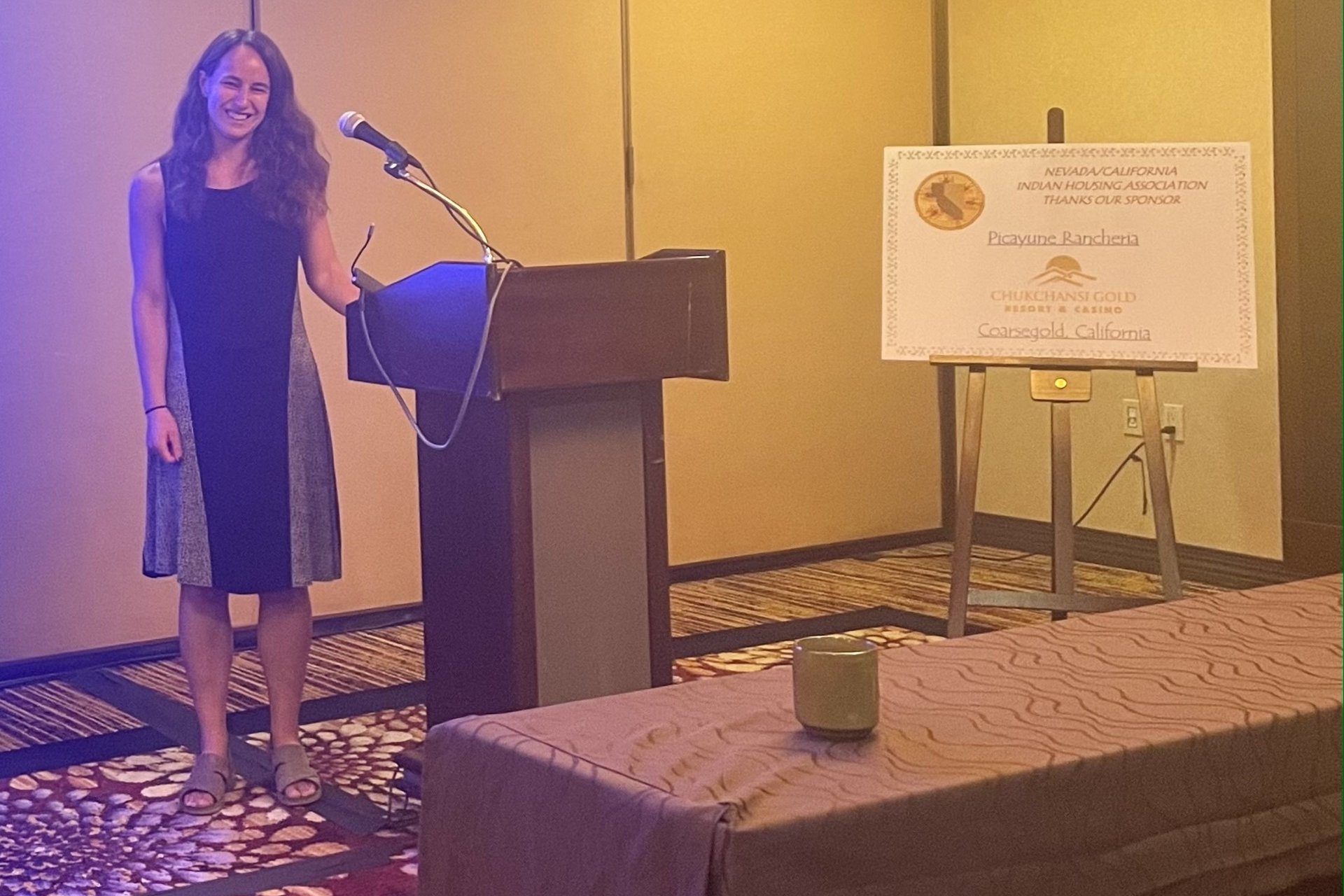Exploring Energy Storage Options with the California State Water Project
Charlie Merriam, MS '23, Environmental Engineering
Graduate Fellow, Power and Risk Office
California Department of Water Resources

The arid West’s water supply has been highlighted this past summer by the low water levels at Lake Powell in Arizona, which has often been in the news. The effects of shifting climate and precipitation patterns are leading to changing water and energy consumption needs. Water’s role in both producing and consuming electricity has been evident, as hydroelectric power generation at Glen Canyon Dam has been threatened by Lake Powell’s water levels, and California’s State Water Project (SWP) Hyatt Powerplant at Oroville Dam stopped operations due to low water levels in August of 2021.
The SWP, managed by the California Department of Water Resources (DWR), moves and delivers water across 705 miles from rivers in northern California to the water-scarce regions in southern California, an engineering feat which provides both an opportunity to produce hydroelectric power and the need to consume energy to run the pumps required to move water over mountain ranges and other geographic obstacles. California Senate Bill 49 (SB49), signed in 2019, directs DWR to perform flexible resource studies to determine how operational changes (such as adjusting the operation of SWP hydroelectric facilities) may help the state meet its clean energy goals which include supporting grid reliability and renewable resource integration into the grid.
DWR’s SWP Power and Risk Office (PARO) had reported on nine flexible resource study tracks in response to SB49. This summer I had the opportunity to assist on two of those tracks. The first is Track 3, which explores restoring pumped storage operations to the Hyatt-Thermalito complex. The second track is Track 9, which explores the integration of on-site solar generation at pumping plants.
Hyatt-Thermalito complex is a series of hydroelectric power plants located just downstream of Lake Oroville. Pumped storage involves pumping water back behind a dam to increase the hydroelectric generating potential of a hydroelectric facility. Hyatt-Thermalito was designed with reversible generators which could act as pumps during hours when energy is cheap. This turns Lake Oroville into a natural battery, with the water being released to produce power when electricity is most expensive and in highest demand. In this study, I am examining the effects of extreme hydrologic events on system performance. By building on the optimization models developed and improved by 3 previous Shultz Energy Fellows, I am working to add climate variability to stress test the system. The work is aimed at understanding how generation schedules and revenues might be affected under different hydrologic scenarios. Using historical water delivery years as guidance, we are examining high and low delivery years and through post processing, we will determine if there is additional available market revenue in unused pumped storage capacity. Such information is useful when evaluating cost offsets required to restore pumped storage operations at Oroville. At the time of publication, we do not yet have results to share.
In my study of Track 9, I examined the behind-the-meter battery energy storage system (BESS) and performed a simple cost-benefit analysis of a BESS for Chrisman Pumping Plant. Our goal was to determine if there was benefit from using a behind-the-grid storage model to capture unused solar generation considering the savings associated with reducing transmission costs. I utilized and modified a previously established DWR tool to size BESS. The tool seeks to optimize the load at a pumping plant to consume all available solar energy. Any solar energy that is not used to carry the load is then used to charge the BESS. This energy is later discharged, providing relief during the most expensive ramping hours. The results show that a behind-the-grid BESS is not independently cost-effective under the study conditions. Capital costs drive the overall net costs and, depending on the scenario, would require a 27%-34% decrease to obtain a cost-effective BESS. In addition, a reduction in SWP cost from transmitting power over transmission lines (known as Transmission Access Charge (TAC)) is achieved by including the BESS behind-the-grid, but the TAC savings are not enough to offset the capital, operational, and maintenance costs. An approximate 300% increase in the historical TAC is required to make the project cost-effective, which is not as much as the projected doubling of TAC in the next decade. A BESS at Chrisman pumping plant is likely to add between $0.11 and $1.35 for every acre foot of water the SWP delivers.
This summer I have enjoyed working alongside PARO’s employees, who have provided plenty of mentorship and room to explore the complexities of the water energy nexus. I have enjoyed troubleshooting the tools and models used for planning and am grateful for the confidence my team placed in me to make improvements. I have gained an understanding of the complexities of the energy market, and how market-shaping decisions from organizations such as the California Independent System Operator (CAISO) can affect decisions to install new renewable energy equipment. DWR’s employees might not be the names you know from the news, but these unsung heroes are working to find a balance so that your water reliably stays on while reducing emissions to protect our planet.



